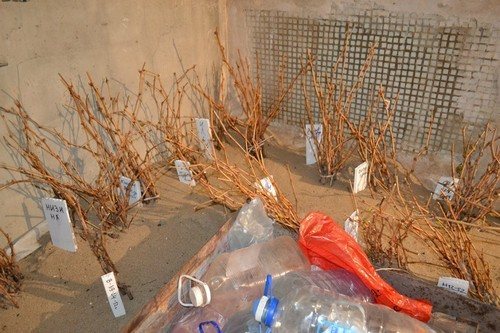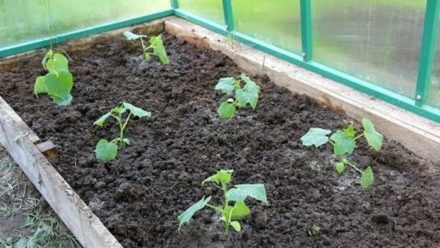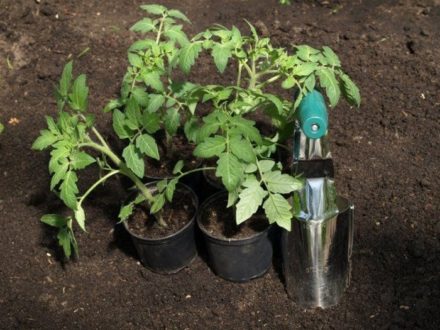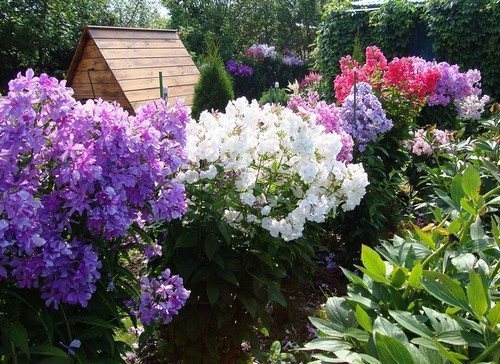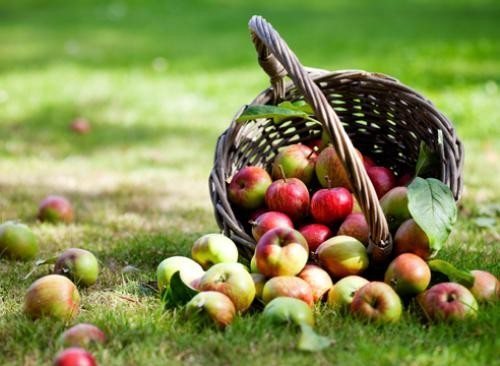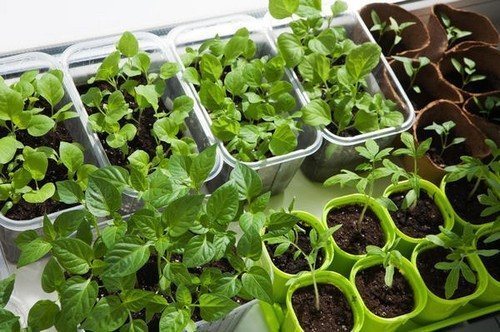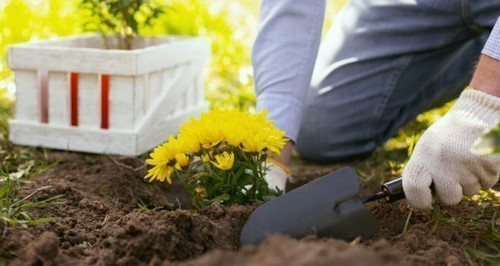In the event of the death of a young tree or shrub, gardeners often criticize an unscrupulous seller, poor soil, or the vagaries of nature. In fact, the death of seedlings often occurs due to common mistakes made during planting. It is believed that spring planting is the simplest and is suitable for most garden crops. Experienced gardeners are confident that autumn planting of seedlings is no worse if you avoid the following mistakes.
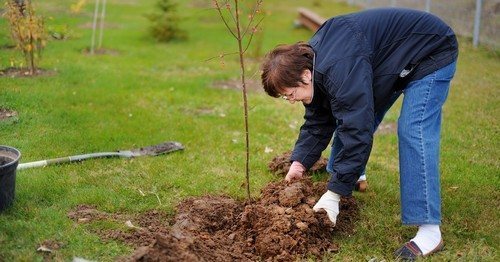
Violation of disembarkation deadlines
At the end of summer - beginning of autumn, throughout the country you can see seedlings being sold at fairgrounds or along the road. It is recommended to purchase planting material from sellers who work with local trusted nurseries. It is important to clarify the adaptability of seedlings to local climatic conditions.

Specific planting times depend on the region and season. It is generally accepted to remove seedlings from the soil in nurseries from the second half of September. Digging at an earlier date leads to disease or death of the crop with an incomplete vegetative process. Practically all garden crops are planted before winter before October 15th. The seedling planted later does not have time to grow stronger before the first frost and dies.
Failure to maintain the required distance between plants
It is important to calculate the distance between crops taking into account future parameters in adulthood. With each year of maturation, bushes and trees in a dense area grow in the crown, interfering with and shading their neighbors, which affects the number of fruit branches and the quality of the harvest.In addition, crowded plantings provide a favorable environment for the development and rapid proliferation of various diseases or pests in neighboring crops.
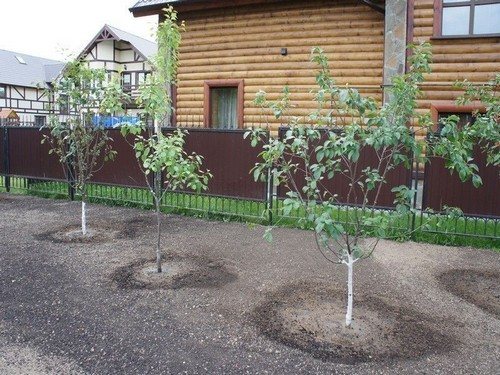
Planting planting material in a freshly dug hole with inappropriate parameters
It is recommended to prepare the holes 3-8 weeks before planting seedlings before winter. The minimum parameters of a pit for crops with seeds are a diameter of at least 0.4 - 0.5 m, a depth of more than 0.5 m, with seeds a diameter of at least 0.6 - 0.8 m, a depth of more than 0.8 m. In small shallow ones in pits, the plant cannot straighten its roots, so it slowly gains growth or withers
First, a support for tying is driven into the hole, a drainage layer and nutrient soil are filled in, and then a seedling is installed and covered with earth. The root collar should be 2-3 fingers above the ground level.
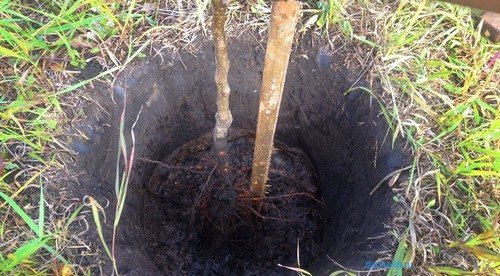
Root pruning
It is not recommended to trim the long roots of the seedling, as this is stressful for the plant, whose small roots die after planting. Once large, healthy roots are pruned, the crop will recover over a long period. An exception is made only for broken roots.
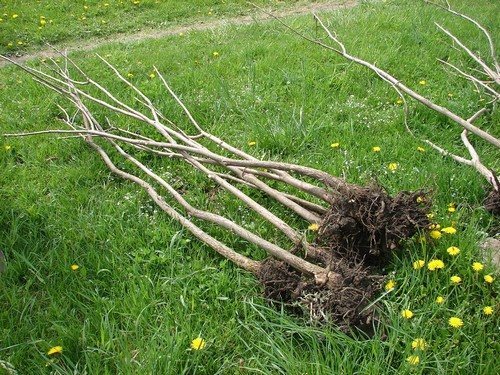
Excessive watering
Frequently watering a seedling planted in the fall with unsettled water in dry weather leads to the formation of an earthen crust that does not allow air to reach the root system.
When planting a seedling, the watering norm is 3-4 buckets of water per tree and 1-2 per bush. Water is poured into the grooves around the contour of the crown, where the suction roots are located. Watering under the trunk can cause rotting of the root collar.
After absorbing moisture, the tree trunk circle is covered with a mulching layer of peat, compost or humus.It is not recommended to water the seedling until spring.
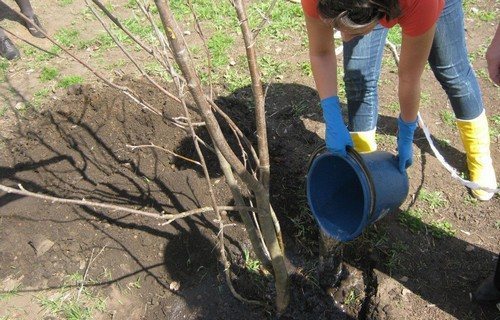
Unsuitable soil
Young plants have difficulty taking root in soils without nutrients or with excess fertilization. It is recommended to fill the hole with no more than 30 kg of compost or manure. Clay soils are diluted with 3-5 buckets of sand, and sandy soils with a similar amount of clay. In addition, the bottom of the pit can be lined with a layer of turf, grass facing down. In the future, earthworms living in the turf will increase the level of humus in the soil, which will allow young plants to be saturated with the necessary amount of useful microelements.
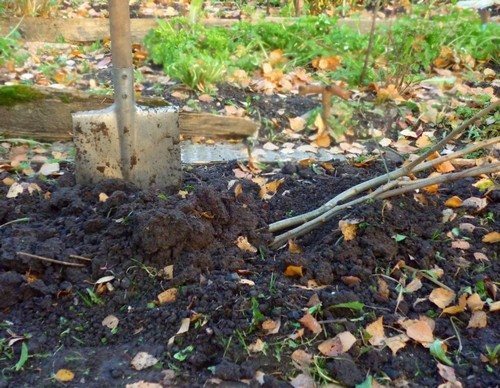
Substitution of the concepts of “planting in autumn” and “temporary digging before winter”
It happens that gardeners temporarily dig up a seedling and plant it in a permanent place in the fall. Digging for some time is carried out before the actual planting of the crop or for storage in the winter. The main goal of this event is to avoid drying out the roots. To help the planting material overwinter, it will help to lay it at an angle in a small depression so that the roots are under the soil layer. In the spring, after the soil has thawed, the seedlings must be removed and planted in a permanent place.


